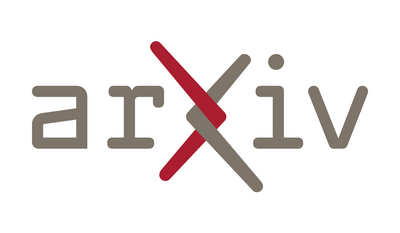
Spatio-Temporal-Network Point Processes for Modeling Crime Events with Landmarks https://arxiv.org/abs/2409.10882 #stat.AP
Bounds on the Generalization Error in Active Learning https://arxiv.org/abs/2409.09078 #stat.ML #cs.LG
Reducing Shape-Graph Complexity with Application to Classification of Retinal Blood Vessels and Neurons https://arxiv.org/abs/2409.09168 #stat.CO
Identification of distributions for risks based on the first moment and c-statistic https://arxiv.org/abs/2409.09178 #stat.ME #stat.CO
Off-Policy Evaluation with Irregularly-Spaced, Outcome-Dependent Observation Times https://arxiv.org/abs/2409.09236 #stat.ME
Bounding the probability of causality under ordinal outcomes https://arxiv.org/abs/2409.09297 #math.ST #stat.TH
Exact Posterior Mean and Covariance for Generalized Linear Mixed Models https://arxiv.org/abs/2409.09310 #stat.ME
A Random-effects Approach to Regression Involving Many Categorical Predictors and Their Interactions https://arxiv.org/abs/2409.09355 #stat.ME #math.ST #stat.TH
Topological Tensor Eigenvalue Theorems in Data Fusion https://arxiv.org/abs/2409.09392 #stat.ML #stat.CO #cs.LG
Group Sequential Testing of a Treatment Effect Using a Surrogate Marker https://arxiv.org/abs/2409.09440 #stat.ME
Hyperedge Representations with Hypergraph Wavelets: Applications to Spatial Transcriptomics https://arxiv.org/abs/2409.09469 #q-bio.QM #stat.ML #eess.SP #cs.LG
Theoretical guarantees in KL for Diffusion Flow Matching https://arxiv.org/abs/2409.08311 #stat.ML #math.PR #cs.LG
Federated One-Shot Ensemble Clustering https://arxiv.org/abs/2409.08396 #stat.ML #stat.AP #cs.LG
Think Twice Before You Act: Improving Inverse Problem Solving With MCMC https://arxiv.org/abs/2409.08551 #stat.ML #cs.LG
On the maximal correlation coefficient for the bivariate Marshall Olkin distribution https://arxiv.org/abs/2409.08661 #math.ST #stat.TH
On spiked eigenvalues of a renormalized sample covariance matrix from multi-population https://arxiv.org/abs/2409.08715 #math.ST #stat.TH
I post the feed of the arXiv Statistics.
#Statistics #Stats #Mathematics #Math #Maths #Science #arXiv #News #PeerReview




















